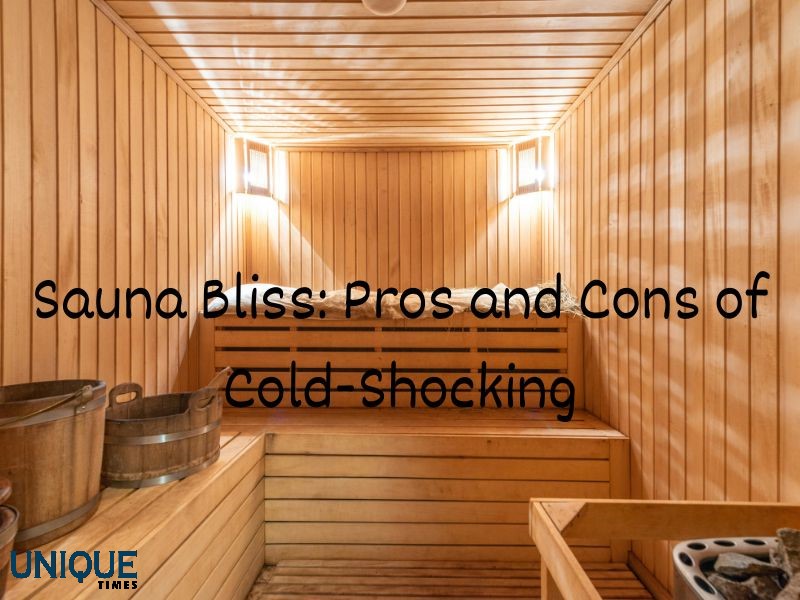Navigating the Chill: The Pros and Cons of Cold-Shocking After a Sauna

Saunas have long been celebrated for their relaxing and detoxifying effects, but the practice of cold-shocking immediately afterward has sparked debates among enthusiasts. While some swear by the invigorating contrast, others question its impact on the body. Let’s explore the pros and cons of cold-shocking after a sauna session to help you make an informed decision on whether to embrace or skip the chill.
The Pros of Cold-Shocking:
- Improved Circulation: Cold-shocking involves exposing the body to a rapid drop in temperature, causing blood vessels to constrict and then dilate upon rewarming. This process may enhance overall circulation, promoting better blood flow and oxygen delivery to tissues.
- Reduced Muscle Inflammation: The contrast between the heat of the sauna and the cold immersion can potentially help alleviate muscle inflammation and soreness. Athletes often use cold therapy for muscle recovery, and combining it with a sauna session might offer a comprehensive approach.
- Boosted Endorphins: Cold exposure has been linked to the release of endorphins, the body’s natural feel-good hormones. This could contribute to an enhanced sense of well-being and mood, complementing the relaxation achieved in the sauna.
The Cons of Cold-Shocking:
- Stress on the Cardiovascular System: Abruptly exposing the body to cold temperatures can put stress on the cardiovascular system. For individuals with existing heart conditions or hypertension, this sudden change may not be advisable without consulting a healthcare professional.
- Potential for Hypothermia: Extended exposure to cold environments carries the risk of hypothermia. If not done cautiously, especially in extremely cold conditions, cold-shocking could lead to a dangerous drop in body temperature.
- Diminished Sauna Benefits: Some argue that the benefits gained from the sauna, such as improved blood circulation and detoxification through sweating, might be counteracted or minimized by the shock of cold immersion immediately afterward.
Best Practices for Cold-Shocking:
- Gradual Exposure: Instead of jumping into icy waters immediately after leaving the sauna, consider a more gradual approach. Start with milder temperature contrasts, such as a cool shower or a dip in a lukewarm pool.
- Listen to Your Body: Pay attention to how your body responds to cold-shocking. If you feel discomfort, numbness, or excessive shivering, it’s crucial to warm up gradually and seek professional advice if necessary.
- Stay Hydrated: Both sauna sessions and cold exposure can contribute to dehydration. Ensure you stay hydrated before, during, and after the entire process to support your body’s equilibrium.
In conclusion, the decision to cold-shock after a sauna is a personal one and depends on individual health conditions and preferences. While some may find it invigorating and beneficial, others may opt for a more gradual cool-down. As with any wellness practice, it’s essential to prioritize safety, listen to your body, and, if in doubt, consult with a healthcare professional before incorporating new routines into your sauna experience.
Picture Courtesy: Google/images are subject to copyright








